THE Victorian era saw a proliferation of occult and esoterically inclined orders and society, from new formations of Martinism to the Theosophical Society and its Esoteric Section to Numerous Masonic appellate bodies. Possibly the most well-known, and immediately influential, is the Order of the Golden Dawn. Originally envisaged as an initiatory school of theoretical magic, it because, with its Rosicrucian Inner Order, both a school of initiates and a college of Adepts, practicing both and theurgy. The Golden Dawn existed from the late 19th to the early 20th century in Great Britain and France, and into the 1970s in New Zealand. Its teachings, rituals, and initiations are still influential today.
VICTORIANA, SCIENCE, AND THE OCCULT
THE Victorian era was a mix of the spiritual and the scientific. Spiritualism, popularized by the Fox Sisters, and later the Theosophical Society, had moved from the United States to the UK and Europe. Séances and psychic mediums, trance healers and lecturers giving voice to the dead were proliferated, and an interest in the tarot as an occult tool had begun in earnest only a few decades earlier. Bizarre it seems in a time of revolutionary science, an era of steam and iron, for so many to embrace the mystic arts. Yet spirituality was itself considered a science by these practitioners.
Dr. William Wynn Westcott, Samuel Liddell “MacGregor” Mathers, and Dr. William Robert Woodman were the founders of the Order of the Golden Dawn, though Woodman died four year in and was never really replaced as a Chief of the order. Westcott, was a London coroner, an active member of the Theosophical Society’s Esoteric Section, a Master Mason, and upon Woodman’s death, the Supreme Magus, of the Societas Rosicruciana in Anglia (SRIA), a body of Christian Master Masons dedicated to esoteric research.
In 1887, he produced a manuscript written in cipher that outlined a number of initiation rituals, which would become the core of the Golden Dawn. Supposedly, the manuscript had its origin in a German Rosicrucian order, which included contact information for one of its Adepts.
Westcott took the manuscript to Samuel Liddell Mathers, a younger friend, Master Mason, and occultist, to work the outlines into full rituals. Westcott claimed to have gotten in contact with the German order, a woman called Anna Sprengel, and received a warrant for the Isis-Urania Temple No 3.
There is little agreement as to the source of the cipher manuscripts. Some claim Westcott forged them, or had them forged. Others suggest they came from the library of Frederick Hockley, which Westcott inherited. Whatever the truth, the Isis-Urania Temple of the Order of the Golden Dawn became active in 1888.
EARLY HISTORY
MATHERS and Westcott, little is known of Woodman’s contributions, if any, modeled much of the Order on the SRIA and Freemasonry in general. The Neophyte and Zelator rituals especially borrow from the Entered Apprentice and Royal Arch degrees. Unlike the Malecraft Freemasonry of the Golden Dawn’s chiefs, and specifically called out in the cipher manuscripts, initiation into the Order was not restricted to men. The degree system was based on that of the SRIA, and placed on the 10 sefirot of the Tree of Life. The Golden Dawn as a whole was also divided into three Order: the Outer Order, which was essentially an initiatory school of theoretical magic, Inner or Second of Adepts, and the Third Order of Secret Chiefs.
The First and Second Orders consisted of essentially ordinary people, but the Third Order consisted of the Secret Chiefs, and idea borrowed from the Theosophical Society. Evidence from Mathers suggests he believed at least some of these Chiefs were incarnate human beings. These were not ordinary humans as were the Adepts of the Order, but spiritually advanced masters.
Eventually, in the New Zealand branch of the Stella Matutina (below), there eventually were initiations into the grades of the Third Order, though its members were not considered Secret Chiefs. Advancement into the Second Order was by invitation only, and only have the tests of the Outer Order were passed.
In 1897, Westcott left the order. Some Golden Dawn papers belonging to him were found in a taxi cab, and because he worked as a Crown coroner, it wouldn’t do for him to be connected with the occult. Freemasonry had royal sponsors, but practicing magic was a step or two beyond acceptable. Although officially no longer a member, Westcott remained in contact with many of its members of the Order, both before and after its great schism.
Through this system, the Golden Dawn proved wildly successful. Famous members included W. B. Yeats, Arthur Conan Doyle, and Florence Farr. Temples were established across England and eventually into Scotland and France. In time, an Osiris temple was established in Weston-Super-Mare, the Horus Temple in Bradford, and the Amen-Ra Temple in Edinburgh. The order in the UK and Europe lasted until the early 1900s.
However, Mathers had become increasingly authoritarian in his rule, and would not share how to contact the Secret Chiefs, which the other Adepts desired to be able to do. There was then the “Horus Scandal,” which ran the Order’s, and Mathers’ initiation of a young occultist by the name of Aleister Crowley, whom the Adepts of London found morally unfit to be an Adept, into the Second Order against the wishes of the London chiefs was effectively the final straw.
SCHISM AND BEYOND
WITH Westcott’s resignation, Mathers became the sole Chief of the Order. While each Temple had its own Chiefs, and the actress Florence Far was designated by Mathers the Chief Adept of Anglia, while Mathers, who had since moved to France, was the head of the entire Order.
In 1900, the London Temple under Farr expelled Mathers from the Order, Mathers followed suit, claiming they didn’t have the authority to do so. This was almost immediately followed by the “Horus Scandal,” which ran the Order’s, and Mathers’, name through the mud. In 1906 Mathers dissolved the Order of the Golden Dawn. In Paris Mathers would reconstitute it as the Alpha et Omega, along with two Temples in the UK and, eventually three in the United States. The rest would become the Stella Matutina, which would expand to New Zealand. Both the Alpha et Omega and the UK’s branch of the Stella Matutina would cease to operate in the first half of the 20th century, although the Whare Ra temple in New Zealand would survive into the 1970s.
Today, there are a number of Orders carrying on the Golden Dawn tradition. Although several of these have, over the years, claimed direct lineage to one or another of the original Golden Dawn members or Orders, none have been willing, or able to, demonstrate this.
Categories: Esotericism, History, Philosophy, Uncategorized


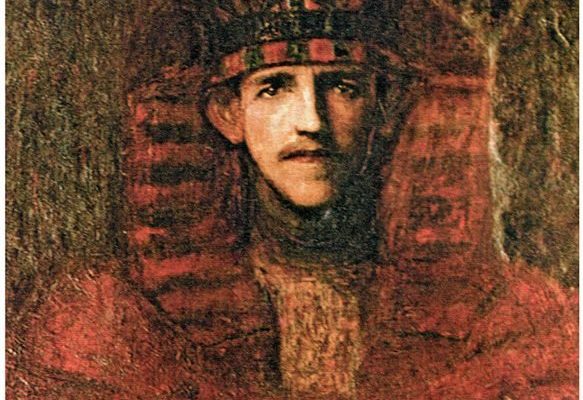
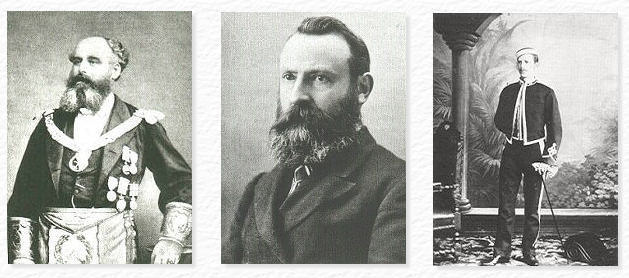
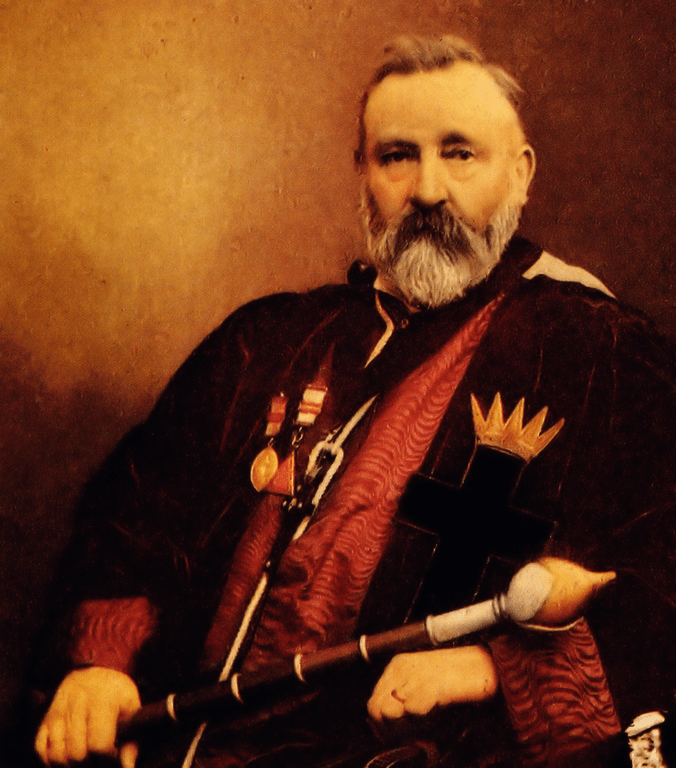
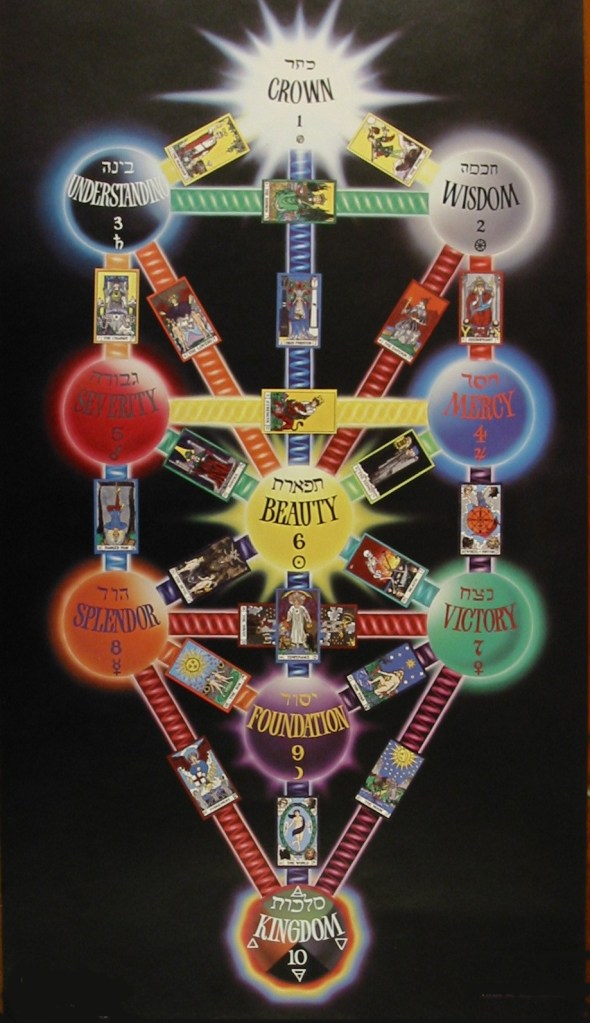




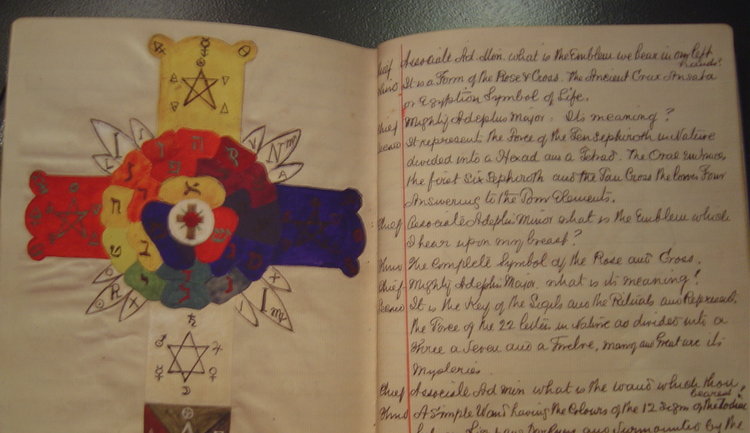
Very useful publication! Thank you very much!
LikeLike